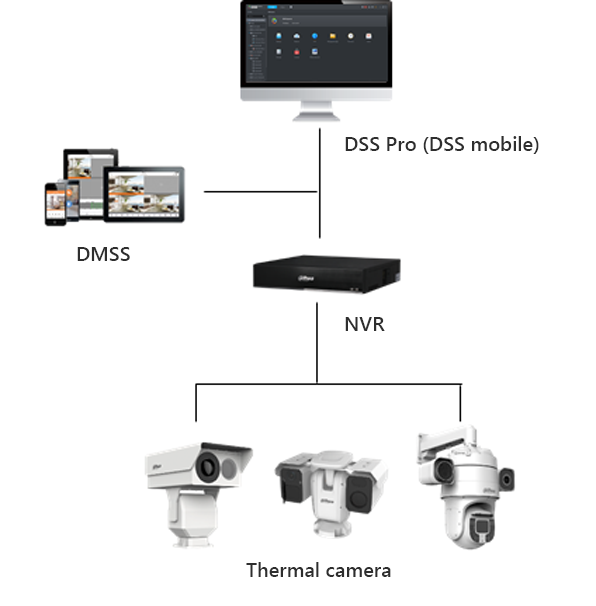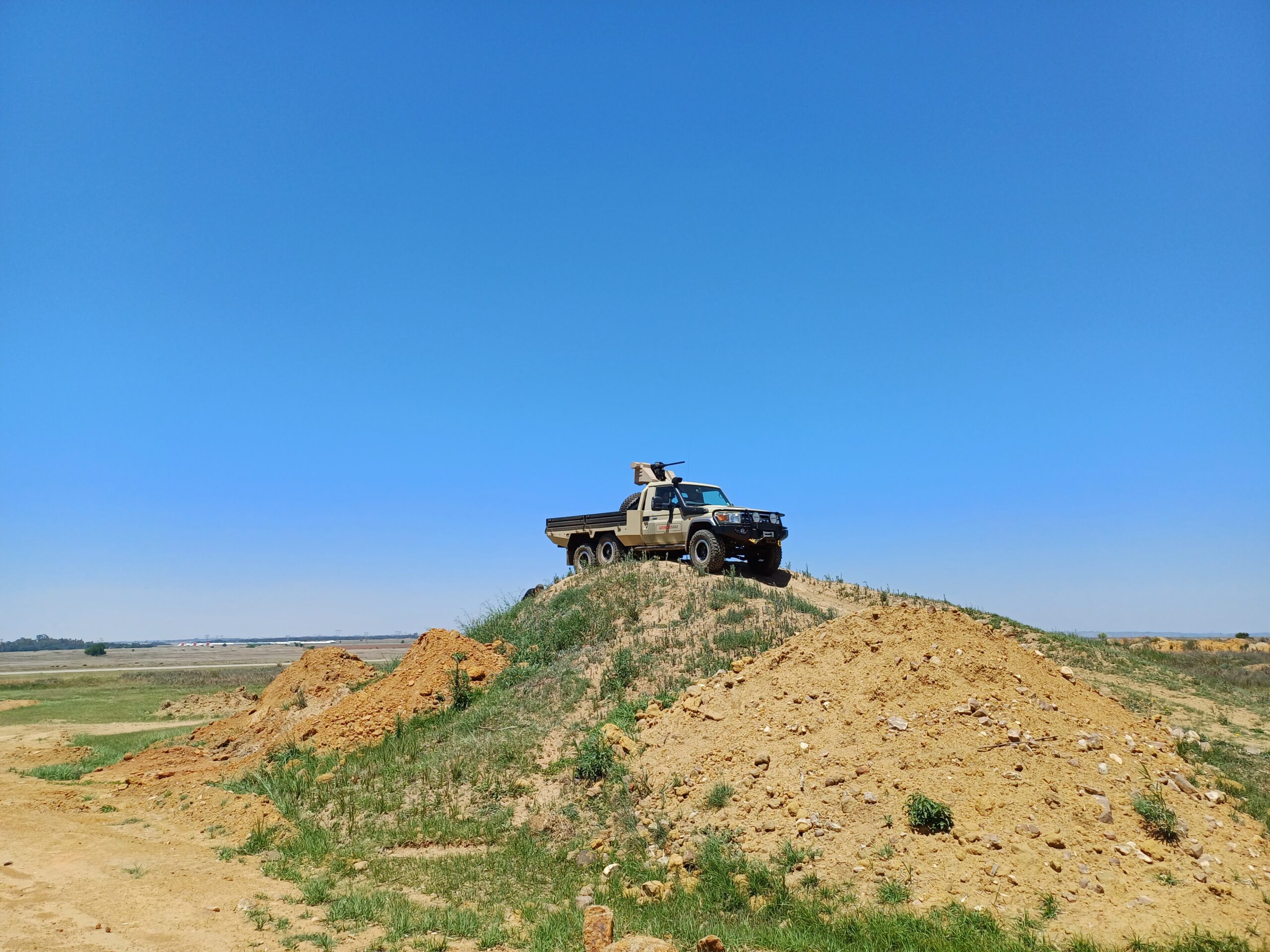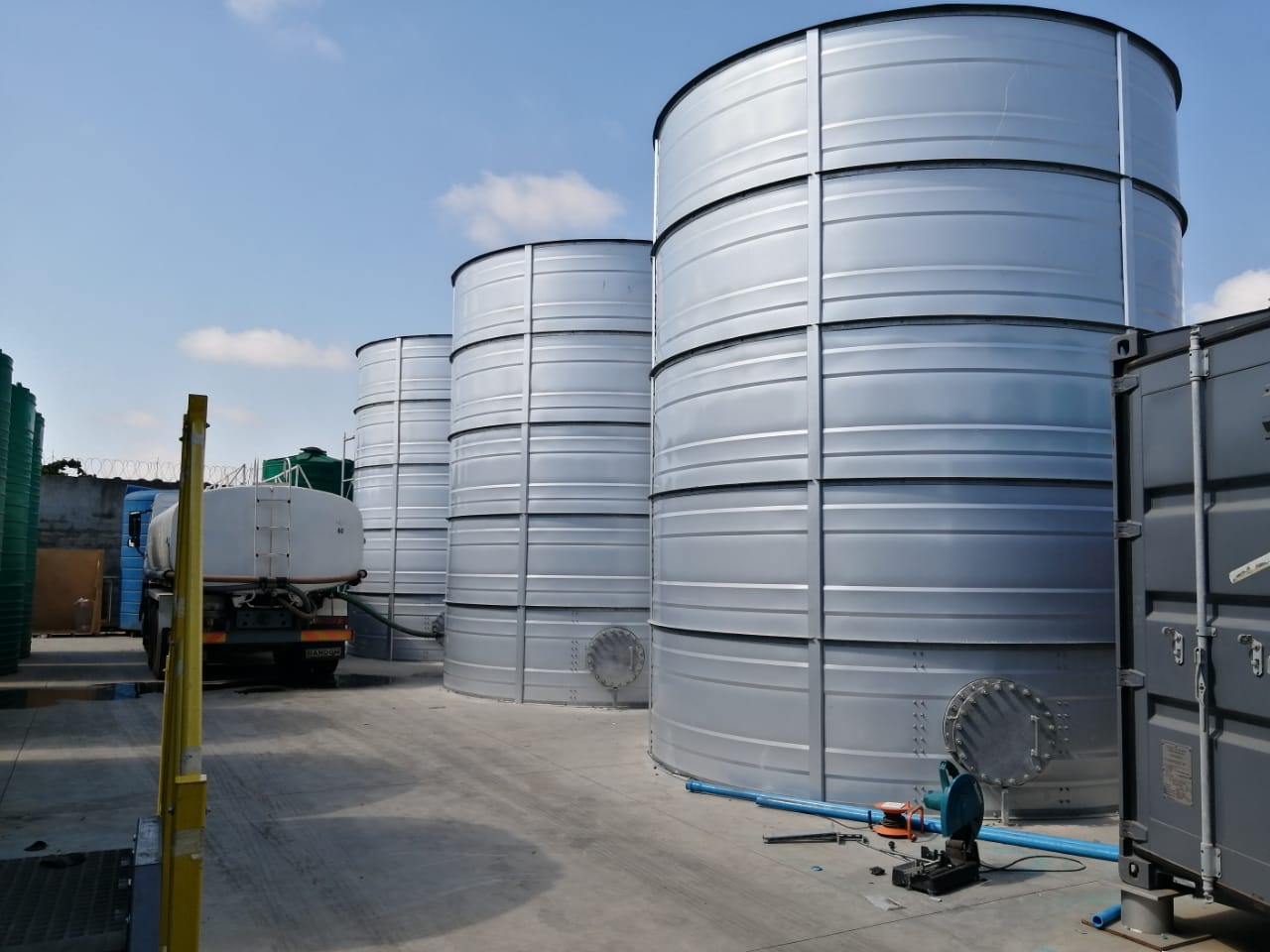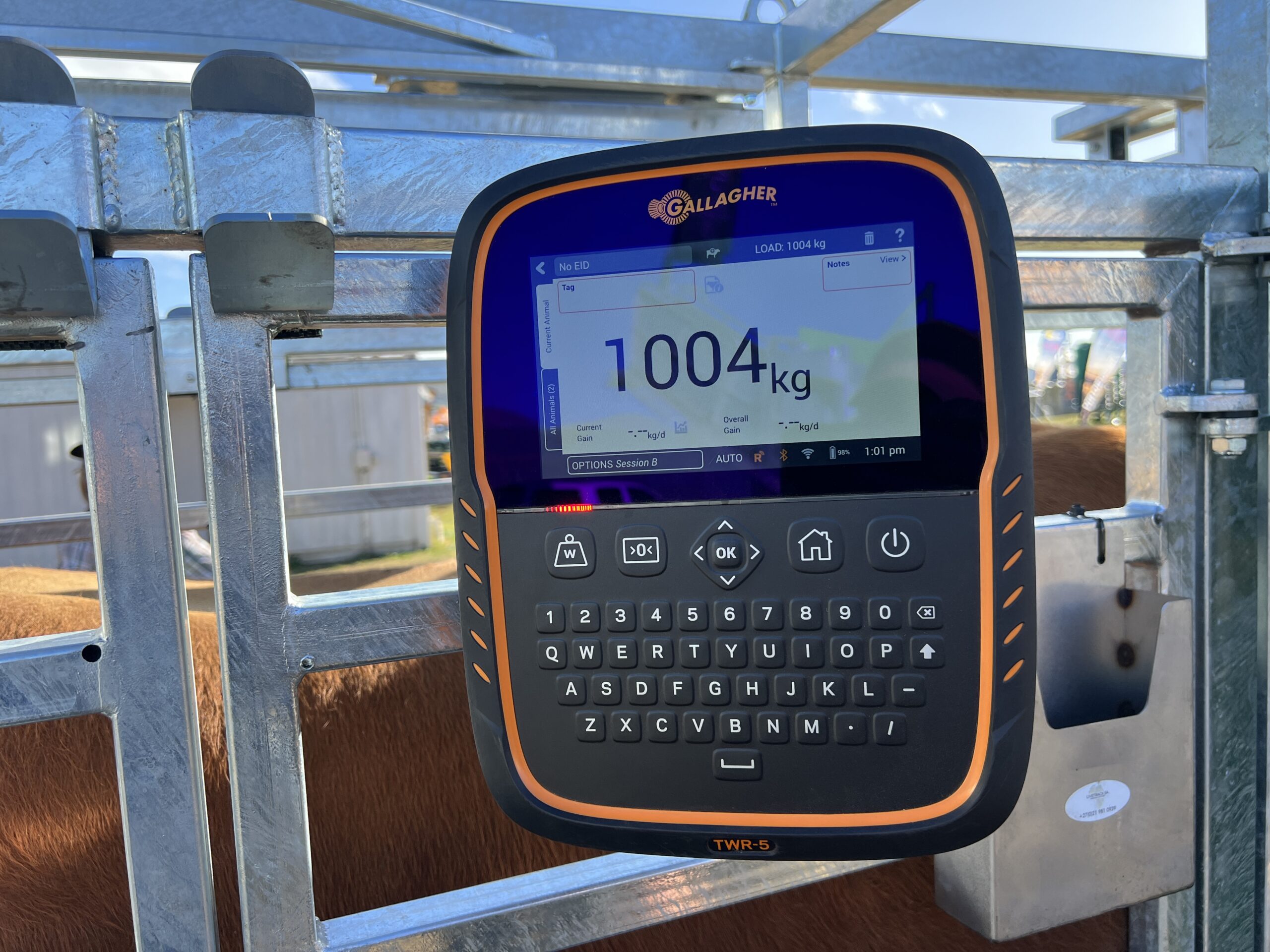The first thing to know about thermal cameras is that they operate differently from regular cameras. Regular daylight cameras and the human eye both work on the same basic principle. Visible light energy will hit an object, then bounce off it as a light-sensitive detector in the camera receives the reflected light. This is then converted into a visible image and displayed on a monitor.
However, with the thermal camera, the thermal imager produces pictures from heat, not visible light. Heat (thermal energy) and light are both parts of the electromagnetic spectrum, but a camera that can detect visible light won’t ‘see’ thermal energy, and vice versa.
Thermal cameras capture infrared energy and use the data to create an image. Thermal cameras can detect mild differences in temperature change.
Early fire detection
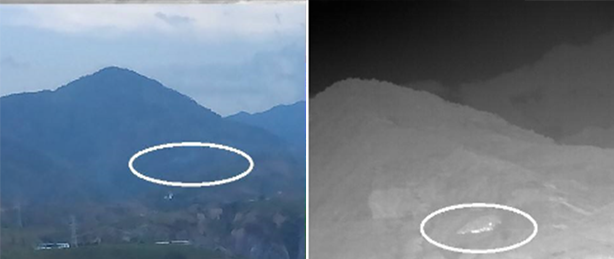
Thermal imaging cameras can detect the source of fire much earlier than human eyes and visible light cameras.
This feature allows thermal cameras to detect objects with a large temperature difference as opposed to the average temperature of the scene. As fires usually have much higher temperatures than the surrounding environment, Dahua thermal cameras are thus able to detect the presence of fire.
Thermal cameras can detect heat through smoke and so are widely used by firefighters. Soot particles in smoke effectively block visible light, but allow infrared radiation to pass through, letting firefighters or other first responders navigate through smoke-filled environments.
Dahua thermal cameras have two automatic fire detection modes: anti-jamming and high response mode. These are used for different scenarios.
Multispectral linkage
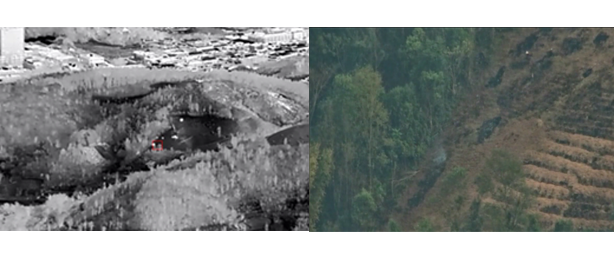
Dual-channel monitoring allows thermal cameras to detect the fire which can then be visibly tracked.
High response mode detects fire depending on the relative temperature difference between a fire and the background. When the temperature of an object or area is several times higher than the average temperature of the current scene, the camera will trigger a fire alarm, and all objects which have reached or exceeded the temperature threshold will be detected and tagged as a suspected fire.
The advantages are that high-sensitivity can detect all high temperature objects and has a low missed alarm rate. The disadvantages include a high false alarm rate as it’s unable to distinguish between high-temperature objects, such as a boiler or a fire.
This mode is recommended to be used in long range detection scenarios and in areas with low tolerance of missed alarms.
Wide coverage
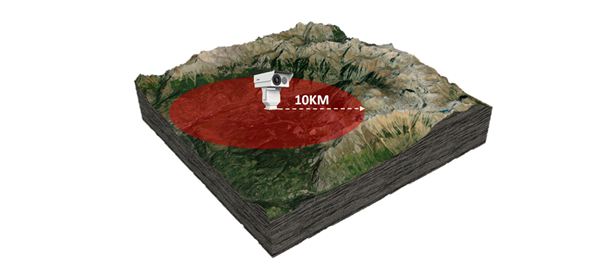
Support for fire detection of up to 10 km away effectively helps users to detect fires early on.
Anti-jamming mode is based on high response mode. Anti-jamming mode adds analysis and judgment of fire features, such as shape, size, and fire burning characteristics. It estimates whether there is a fire or not through multiple criteria, rather than merely temperature difference.
The advantage is moderate sensitivity that can distinguish between fire and common static objects with high temperatures.
All weather
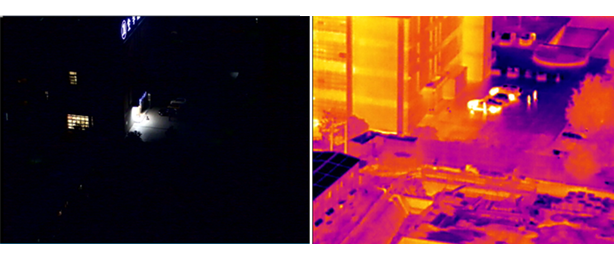
In a variety of complex environmental conditions, a thermal imaging camera can still effectively detect a fire.
The disadvantage is that a large distance between the camera and the target can lead to missed alarms when the fire is too small in the thermal view. For this reason, the fire size should reach a certain number of pixels. Thus, this mode is recommended in short or medium-range detection in areas that require high fire alarm accuracy.
Thermal cameras have become prevalent in the prevention of forest fires. With the cost of these cameras having dropped over the last few years, they now present an excellent option in preventing unwanted and costly run-away fires.
Visit www.stafix.co.za to view our range of security solutions and to locate your nearest dealer.

